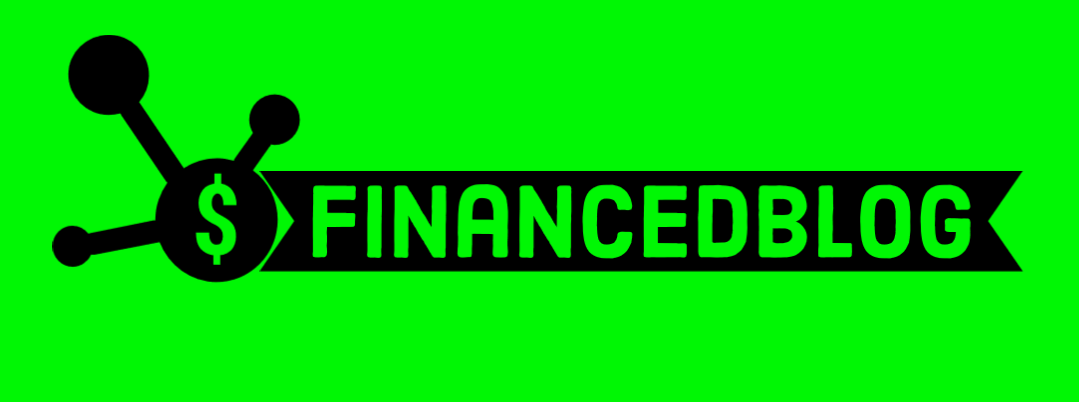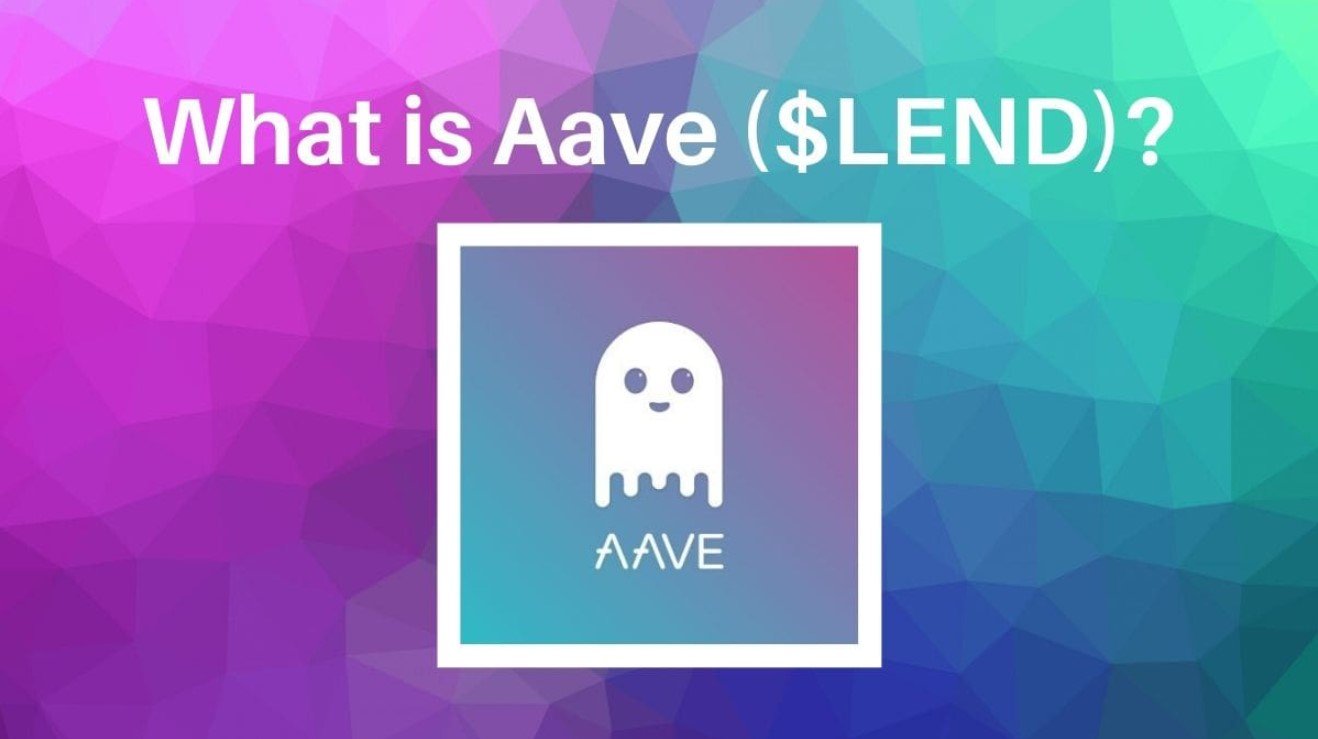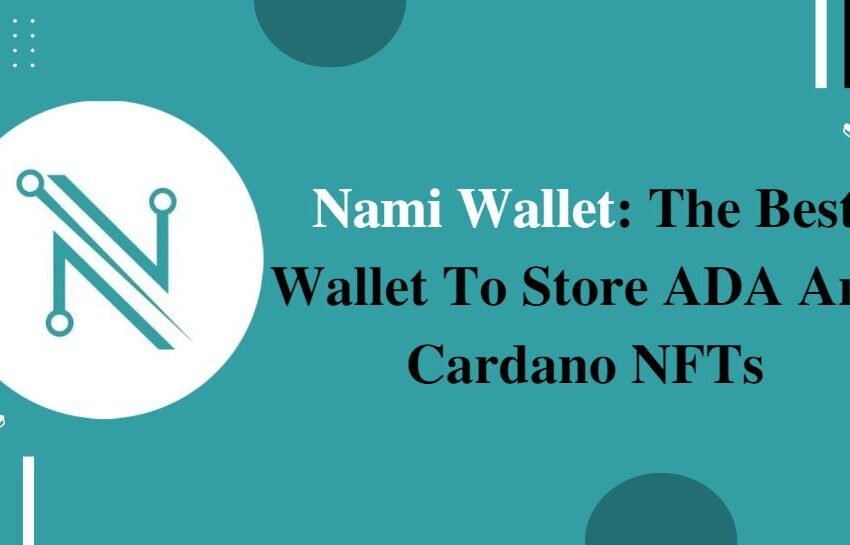What is Aave? A Guide to DeFi Money Market Protocol
Aave is an open-source and non-custodial protocol enabling the creation of money markets through the power of the Ethereum blockchain.
Aave, money market protocol, has established itself as one of the most prominent open-source platforms expanding the frontiers of DeFi lending within Ethereum.
Quick Takes:
In this piece, you’ll learn
- What is Aave?
- History of Aave
- How the Aave money market protocol works
- Aave ecosystem governance
What is Aave Money Market Protocol?
Aave (pronounced “ah-veh”) a Finnish word which means “ghost” is an open-source and non-custodial protocol enabling the creation of money markets through the power of the Ethereum blockchain. The DeFi platform allows users to lend and borrow loans in digital currencies.
The team behind Aave?
Aave, although aims to become fully decentralized thereby governed by a DAO, has a visible team who came up with the idea of a lending platform on Ethereum. Stani Kulechov is the founder of Aave. He is a seasoned entrepreneur with extensive experience developing technology in the crypto, blockchain, and fin-tech space.
History of the Aave platform
Aave started as ETHLend in 2017. It was the first lending platform on Ethereum that entirely runs on a smart contract. ETHLend raised 16.2 million USD during the ICO boom in 2017. Following its successful run in 2017, it set Aave in 2018 where the executive team under ETHLend migrated to the new entity. ETHLend which is rather a peer-to-peer lending approach shutdown in January 2020 to focus on Aave protocol – a pool based strategy for decentralized finance.
Since the DeFi space picked up steam in 2020, Aave has gone from obscurity to becoming one of the industry’s most adopted protocols. For instance, Total Value Locked – TVL in Aave smart contracts by protocol users exceeding billions leading to Aave displacing Maker. The DeFi protocol grew from just $5.5 million TVL in January to $1.69 billion in August.

How does the Aave money market Protocol work?
As stated earlier, Aave deploys a pool based strategy to facilitate permissionless loans and money markets by users on Ethereum.
Generally, lenders deposit crypto assets within the lending pools, which allows them to earn some form of interest. Borrowers, on the other hand, can tap into any of the lending pools to draw loans which may be overcollateralized or under collateralized. Also, these loans are not individually matched where you have one lender and one borrower. Rather, as lenders make deposits and build up pool reserves, borrowers can instantly borrow loans of their choice depending on the pool’s state.
Popular features of Aave Protocol as a DeFi platform
Aave, as a lending platform in the DeFi space, differentiates itself from other lending protocols with unique features. Some of these are:
- Flash Loans: This is one of Aave’s biggest USPs. Maker and Compound to reduce risks of loan defaults majorly issue overcollateralized loans. Aave by introducing the concept of Flash Loans allows protocol users to draw loans without any collateral. Specifically targeting technical users like developers, Flash Loans are drawn on the condition that the liquidity is returned to the pool before the transaction ends. To safeguard the funds in the pool, transactions get reversed if the loan is not repaid before the time specified.
- Rate Switching: Aave introduced the interest rate switching model in May to help improve protocol user experience. Users through this can easily switch between fixed and variable interest rate for their debt position. This comes in handy, especially as digital assets can show extreme volatility. In general, users will normally adopt a fixed rate system for high-interest rates and variable rate for low-interest loans to manage their risks.
- Debt Tokenization and Credit Delegation: Aave users receive aTokens representing their debt positions. This helps with native credit delegation as within the protocol where anyone with aTokens (Aave Tokens) in their wallet can delegate their credit to another Aave user who may not have the collateral to obtain a loan.
- Improved aTokens: Aave users aTokens comes integrated with the EIP 2612 for gasless approvals. This helps to push for its adoption as well as the possibility of making it available on Layer 2.
- Repay with collateral: Aave users can deleverage or close their positions by paying directly with the collateral in 1 transaction.
Aave ecosystem governance
Through Aave Improvement Proposals, protocol parameters such as interest rates, new assets to be introduced, etc., are voted on and implemented/rejected. Aave also recognizes the need to encourage AAVE token holders to participate in the governance processes. Hence, it introduced cold wallet voting, which helps to reduce security risks that arise from moving tokens from wallets.




